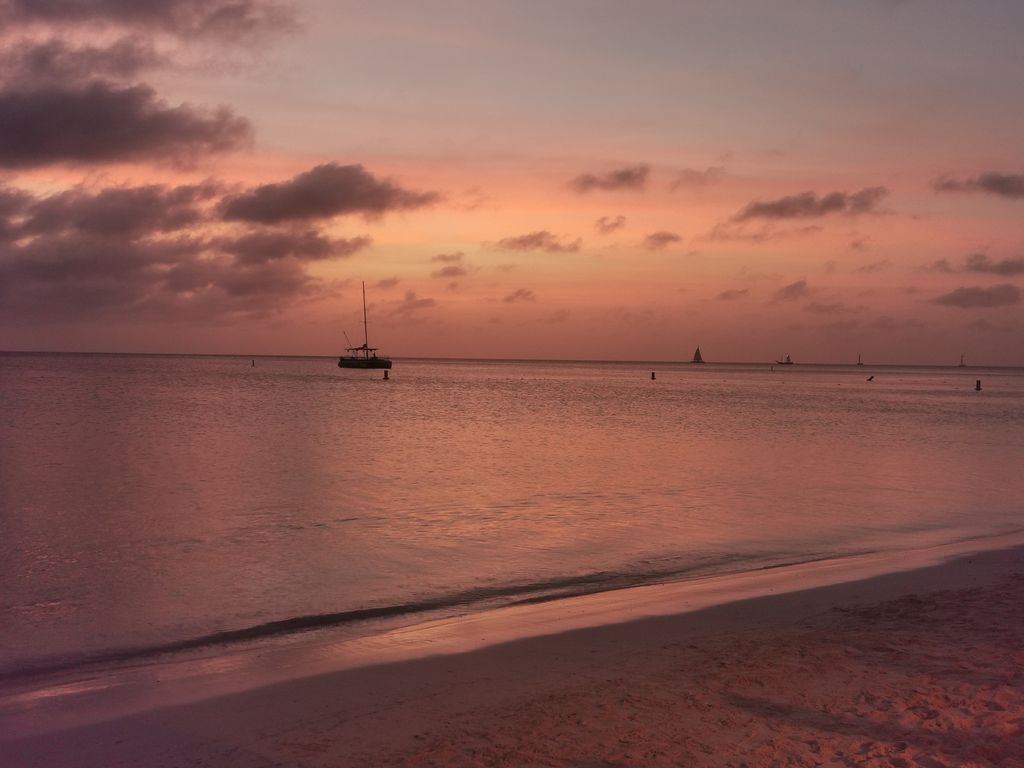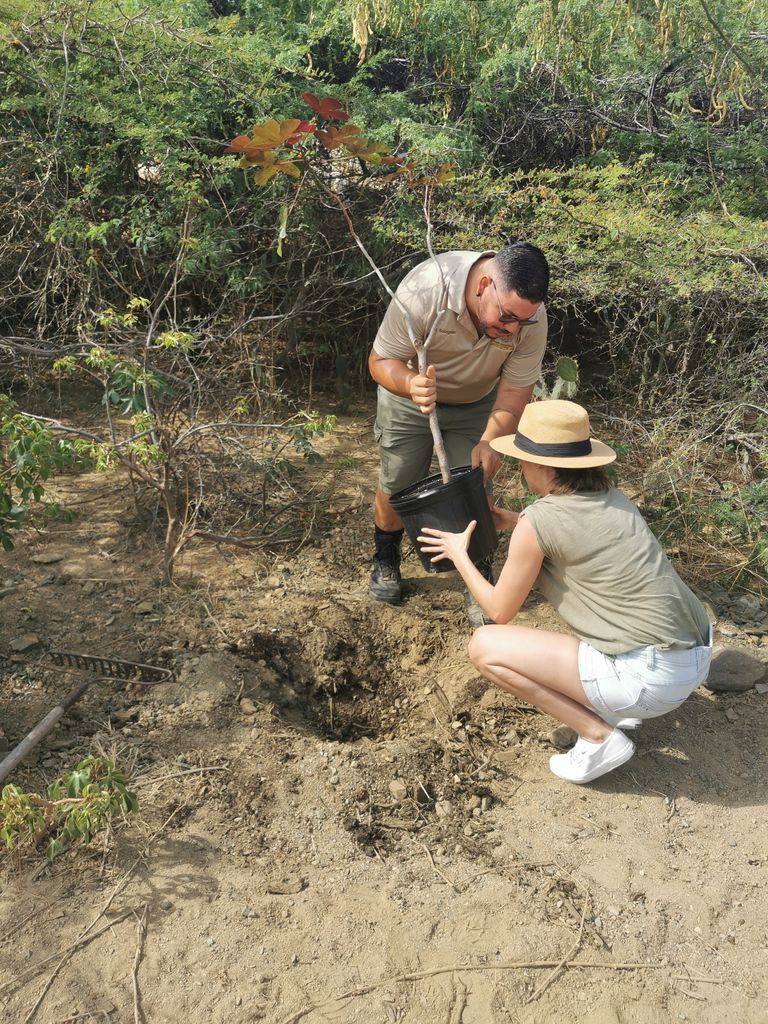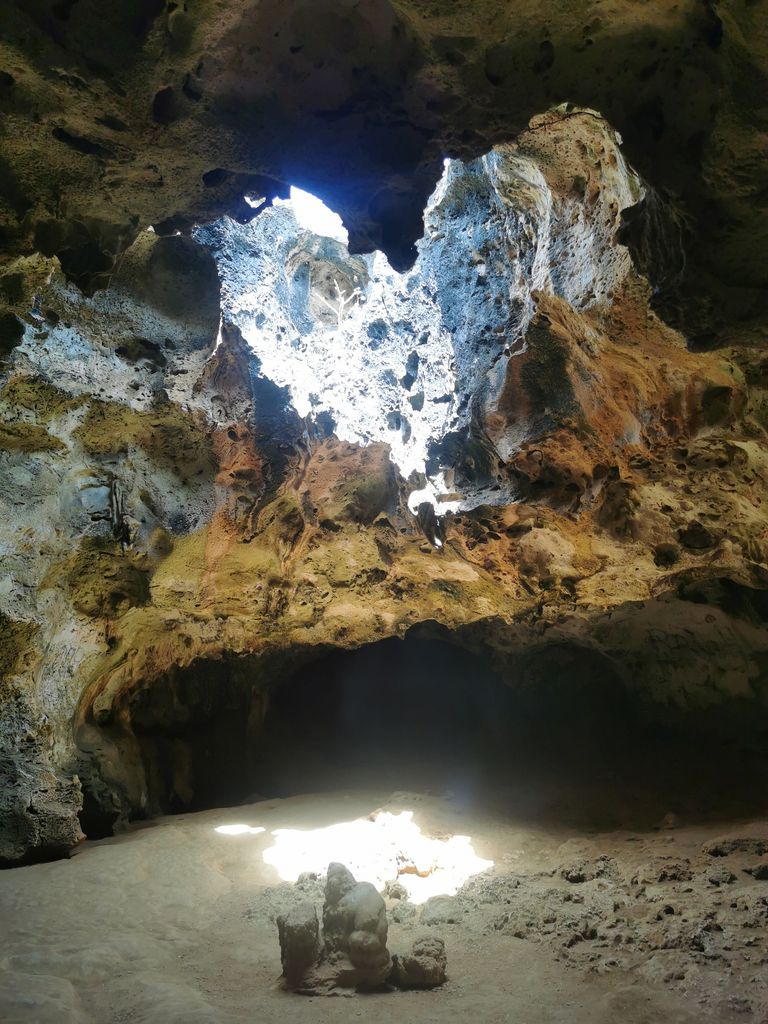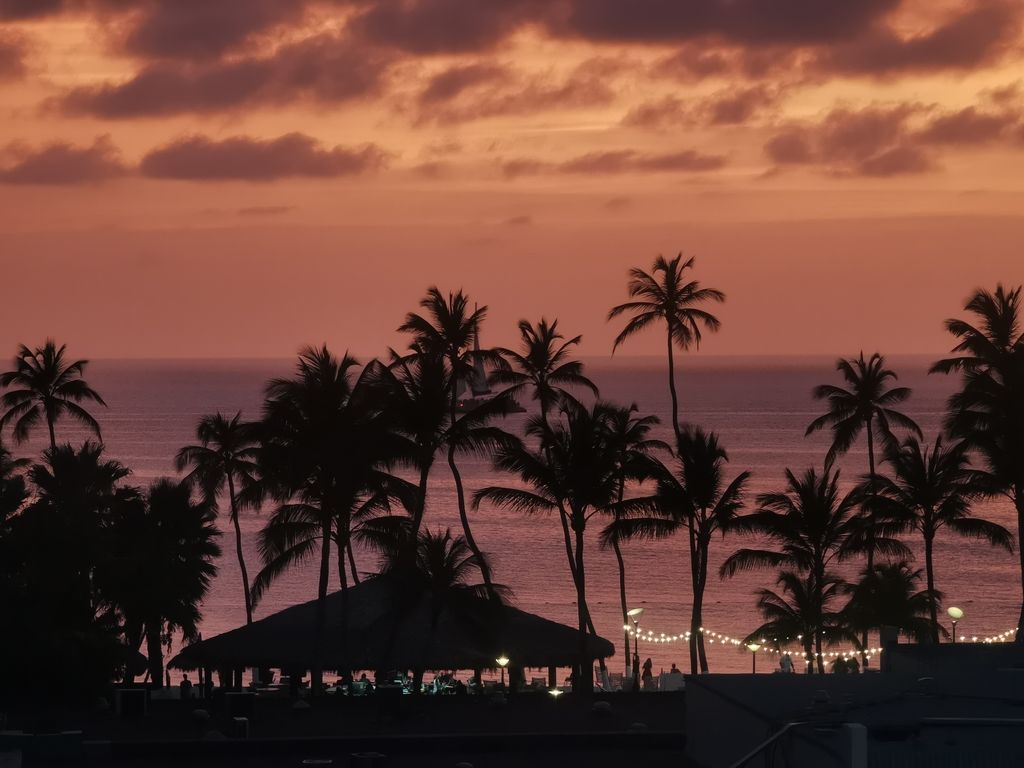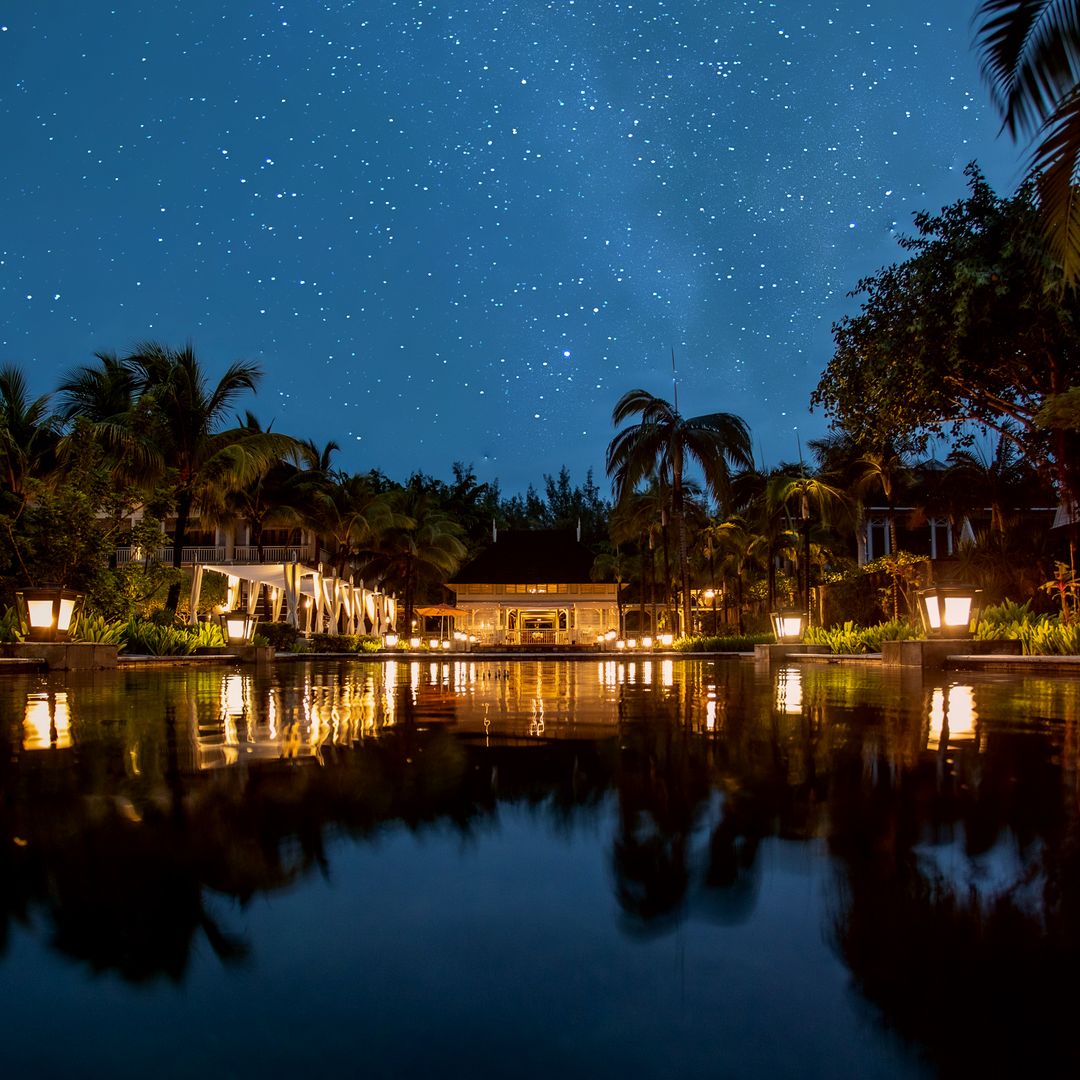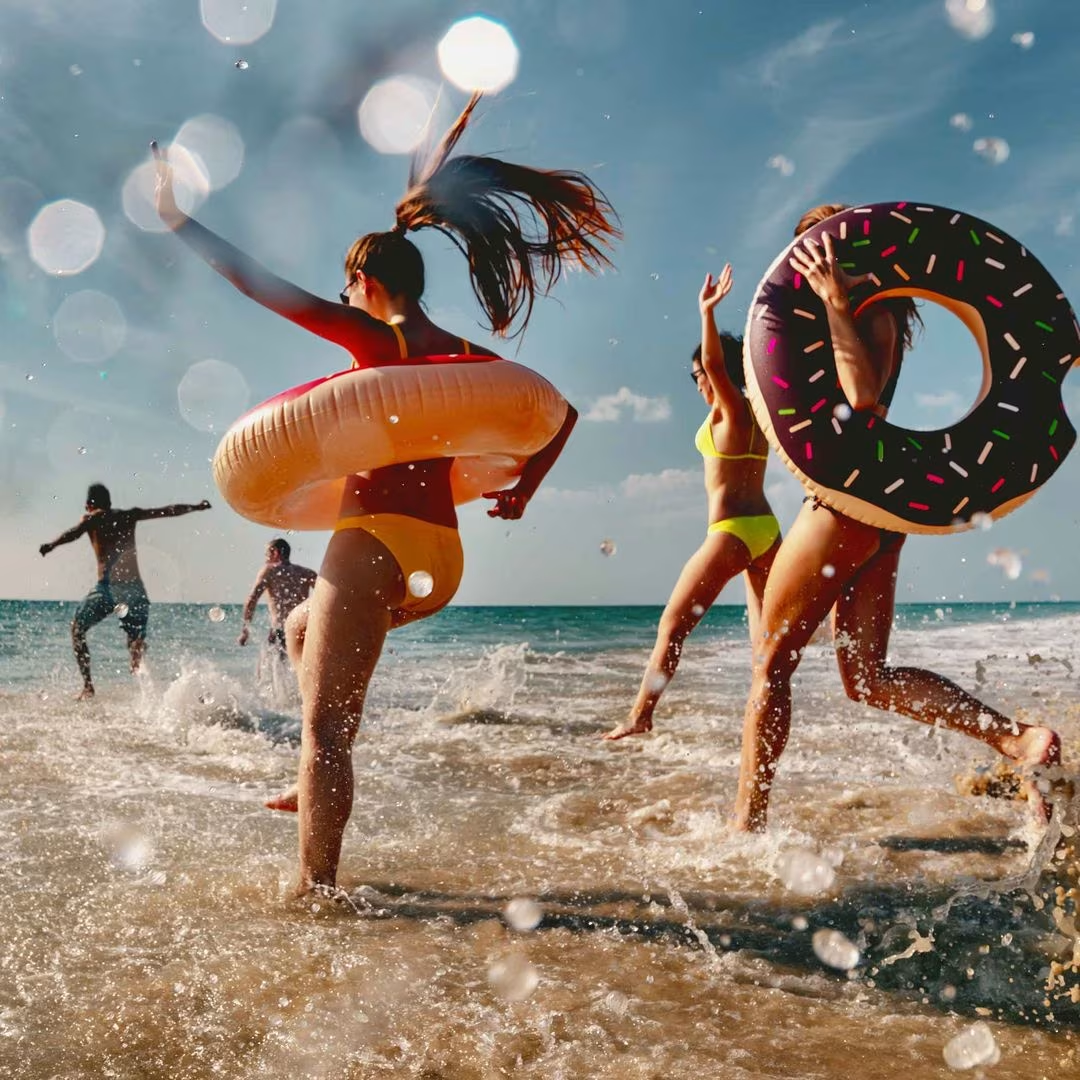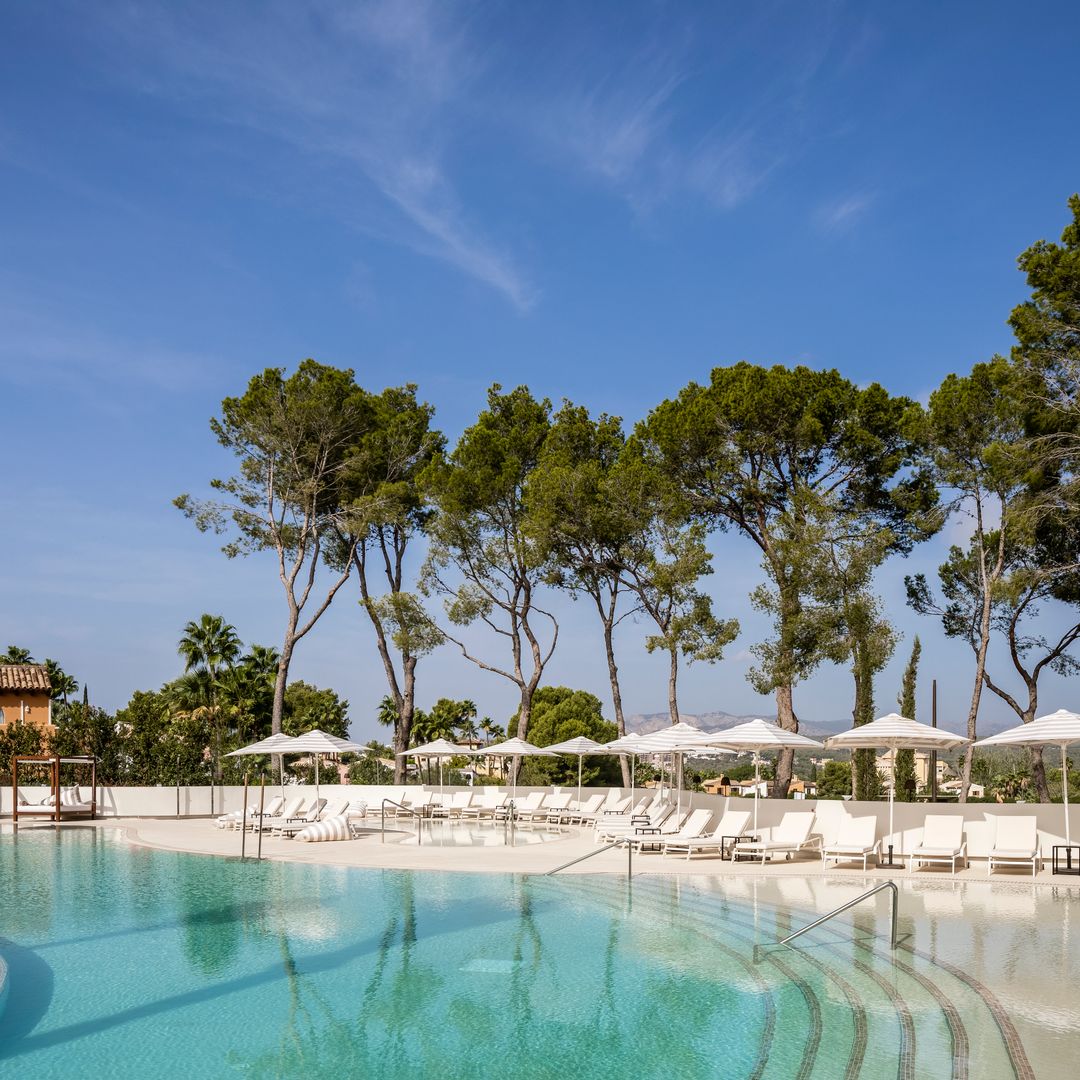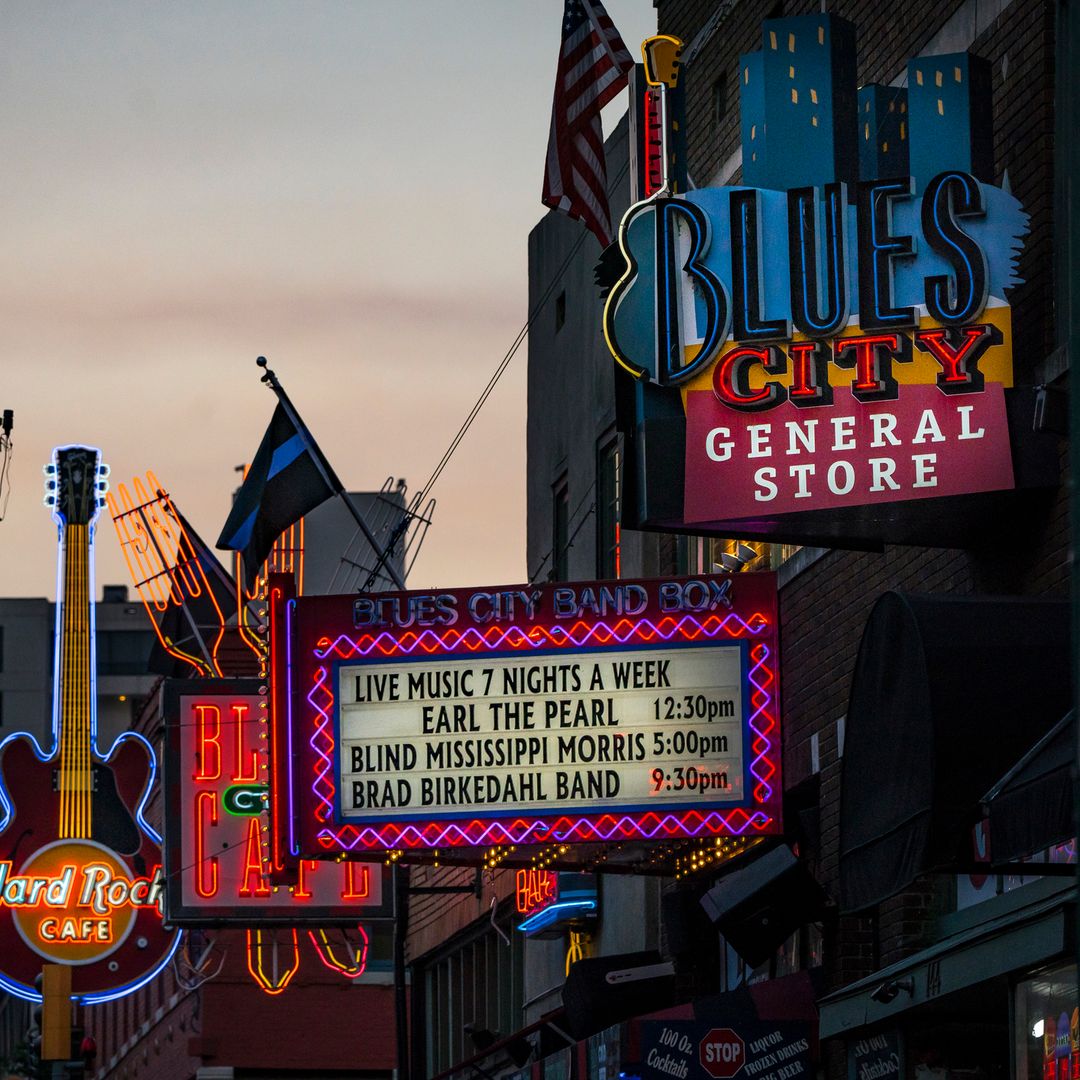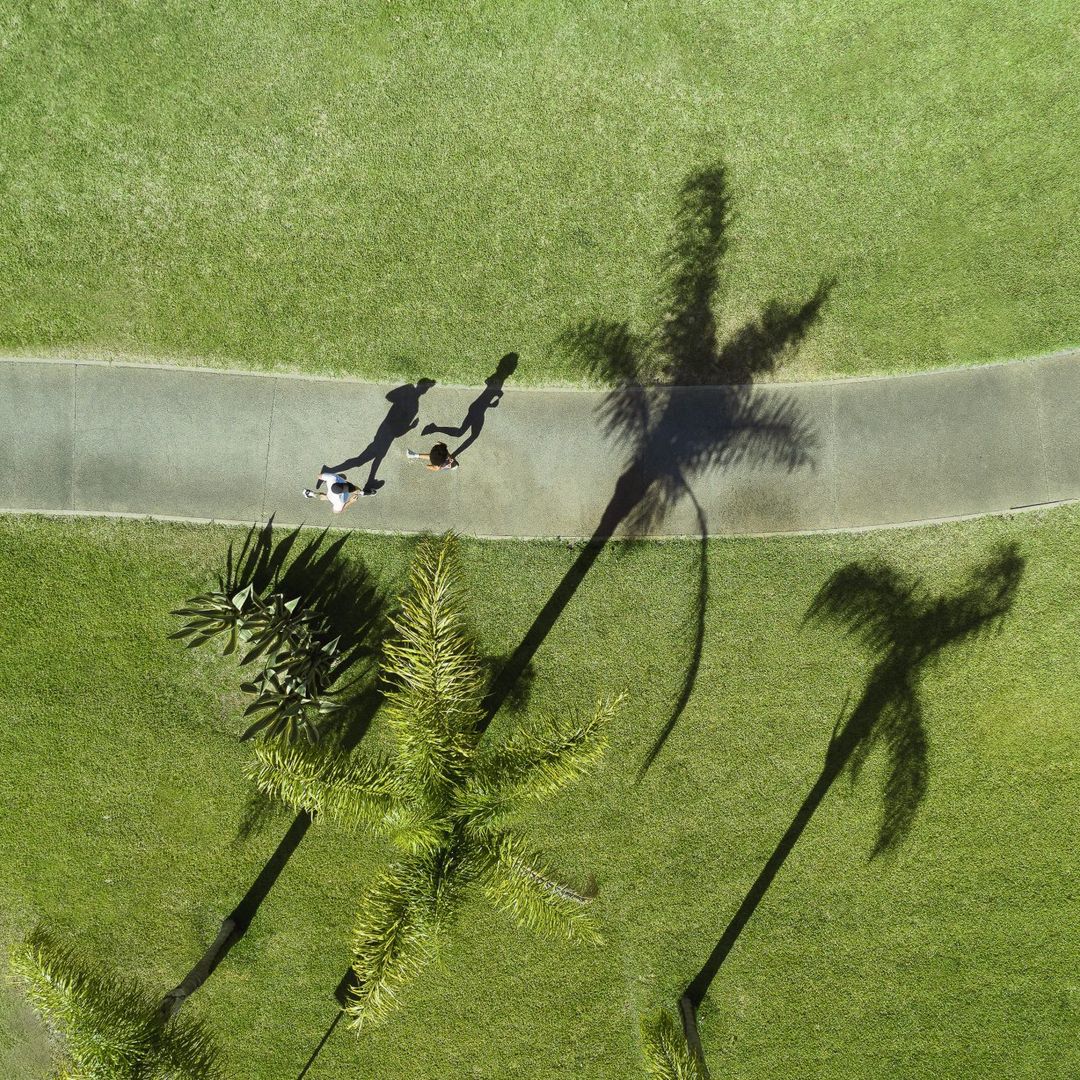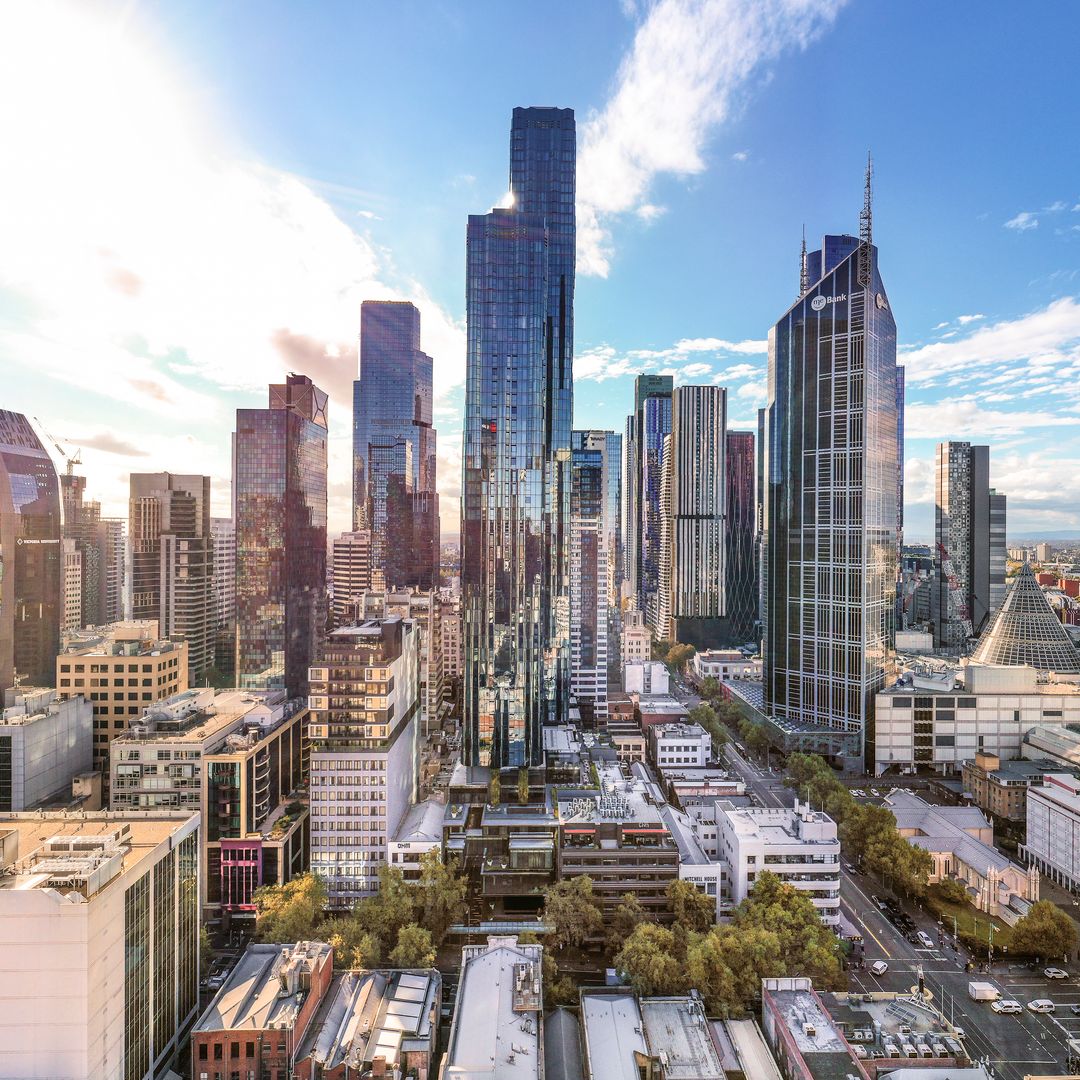The UK only averages 1403 hours of sun a year, so when I was invited to visit Aruba it was a no-brainer. Aruba is known as "One Happy Island," as well as "the best island holiday destination", and within the first 24 hours, I understood exactly why. It boasts desert, nature, adventure, gastronomy, music, and street art, and has acres of white sandy beaches and crystal-clear waters.
Beach time
My first day on the island could not have kicked off better – I was treated to a special breakfast in the most idyllic location, a spot tucked away beneath the fofoti trees near to Linear Park, which has the most incredible beach views.
I then enjoyed a day sailing aboard Tranquilo with Captain Anthony and his crew: on the itinerary was afternoon sunbathing, a scrumptious lunch on the deck and delightful moments of peaceful snorkelling off the Dutch Caribbean Island seabed, with reefs teeming with colourful fish and abundant vegetation. I also got to swim along green turtles until they disappeared into the depths of the sea.
What to do in Aruba
Aruba has something for everybody. In addition to beaches with warm, calm waters like Eagle Beach - which are ideal for families with small children - it also has several beaches for enjoying different sports.
Druif Beach offers jet ski services and is highly recommended for those who want to start bodyboarding, whilst Surfside Beach, near the famous Linear Park, is ideal for – you guessed it – surfers. This spectacular island is also ideal for hiking, with trails starting at the tropical beaches leading up to cactus-filled desert landscapes.
After lounging for several days on the beach, I wanted to explore other parts of the island. The topography is diverse, with sandy beaches existing in tandem with rugged desert landscapes. I decided to venture into the northeastern part of the island.
For a better understanding of the island’s uniqueness, I hopped on a jeep tour for an excursion of Aruba's National Park, Parke Nacional Arikok. A natural area, located in the north-eastern part of Aruba, it contains examples of most of the island’s flora and fauna against a backdrop of great geological complexity. It is home to desert with huge cacti and natural wonders such as the Fontein caves with drawings of the Arawak ancestors or the remote natural swimming pool -known as Conchi- with incredibly crystalline waters and surrounded by volcanic rocks. Be on the lookout for the Blue whiptail lizards, donkeys or parakeets!
Getting to know Aruba's cultural capital
Elsewhere on the island, I tried to immerse myself in culture by visiting San Nicolás in the southeast of Oranjestad, which is a must. This small coastal town was the centre of the island's oil industry and when the refinery shut down, the town fell free of resorts and crowds.
The city preserves a pleasantly authentic setting. Another type of festival, one of colours and graffiti, is held in the city of San Nicolás, also known as Sunrise City. This area is experiencing a creative renaissance, thanks to the intervention of local and international artists who adorn all its walls with beautiful murals.
Culinary delights
I wanted to experience an authentic taste of the local cuisine and what better way to do it than at Papiamento, a magical combination of a museum and a tropical paradise. It is set in a 1930s Dutch-style wooden house where most of the tables are surrounded by a lush garden, around a turquoise, sparkling pool with twinkling lights in tree branches. The setting is magical and on offer are delicacies such as stone-roasted lobsters, prawns, meat au gratin, fish with herbs, and a selection of wines from the wide gallery found in the cellars of the same house.
Ahead of my departure, I also managed to enjoy one last drink at the Vue Rooftop whilst watching the sunset and before heading over to the Papillon restaurant for a French/Caribbean dining experience (with live music!). The menu features typical French dishes with a touch of bold Caribbean style.
How to get to Aruba
British Airways has recently launched twice weekly direct flights, on Thursdays and Sundays, from London Gatwick to Oranjestad, Aruba, making it a more accessible destination for people from the UK.
Where to stay: Aruba Marriott Resort & Stellaris Casino
I stayed at the luxurious Aruba Marriott Resort & Stellaris Casino, located on the oceanfront, which offers all the amenities for an unforgettable vacation. As you can tell from its name, this hotel includes a casino, but you can also enjoy your time grabbing speciality cocktails from the bars, chill in private cabanas, or head to the full-service spa. There are multiple dining options at the resort, but my favourite, and certainly the most unique and romantic option, was Atardi.
You really can't beat dining on the beach, with your toes dipped in the sand whilst listening to the peaceful sound of the waves rolling on the shore and watching Aruba's sky slowly change from blue to hues of bright orange red and pinks.
When to go: Aruba boasts consistently good weather throughout the year, but sunshine and temperatures are at their best and chances of rain are low between December. Also, the island falls outside the hurricane belts, so hurricanes and tropical storms rarely occur.
How to get there and where to stay: British Airways Holidays offers seven nights at the 5* Aruba Marriott Resort and Stellaris Casino from £1,587 per person including return flights available twice-weekly BA flights from Gatwick to Aruba via a short stop at Antigua, 23kg luggage allowance and accommodation with breakfast. To book, visit ba.com/Aruba


